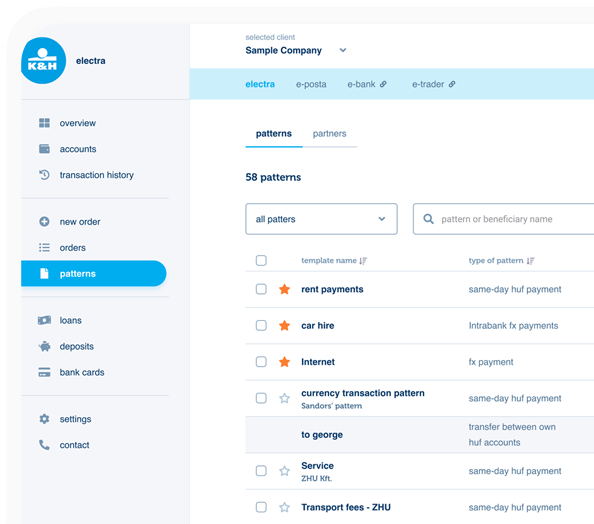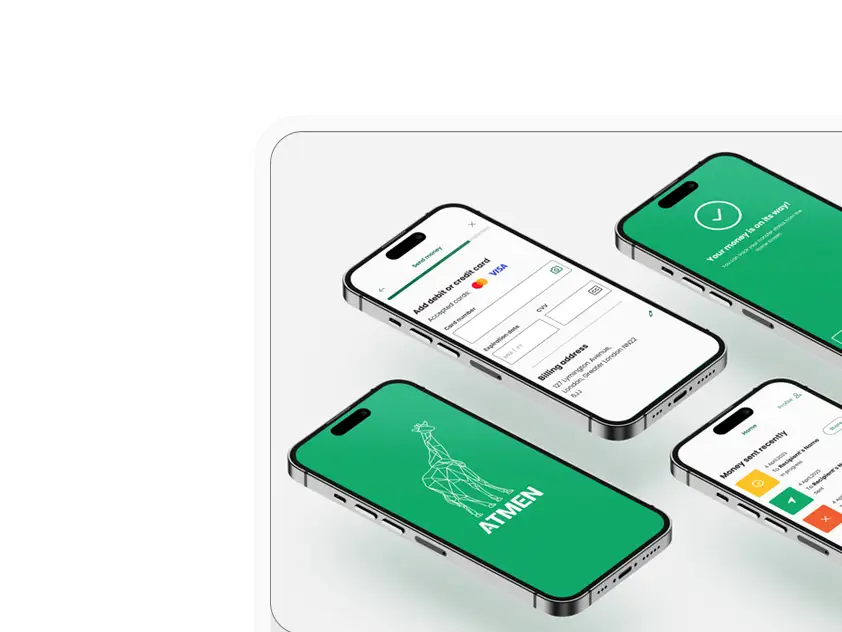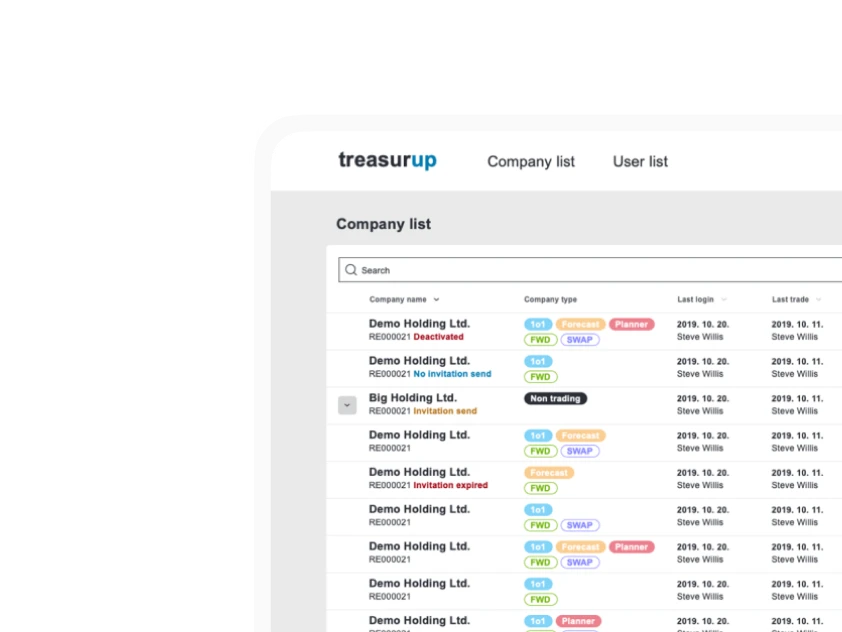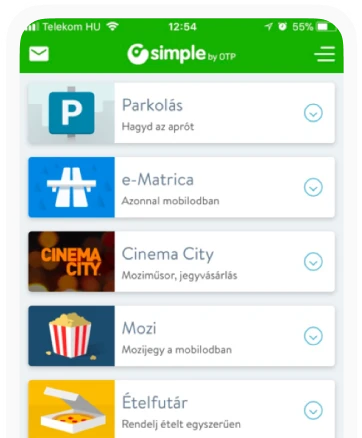UX-UI collaboration: augment your team onsite, or remotely
Providing effective solutions
How do you go about building a rocket to take you to Mars? One answer is: very carefully. Another is: check out if there’s a YouTube video. These strategies will not be enough to reach your goal however – in-depth, specialist knowledge is required. You know that it’s theoretically possible to reach the red planet because others have already done it, but the chances are that you’ll need expert help. It’s time to augment your team, sooner rather than later, even if the project is already up and running. And if a project is just on the launchpad, then seek help well before making mission-critical mistakes!
When it comes to UX-UI, the same applies, whatever phase a project is at. Many companies embarking on UX-UI recognize that it could be useful to bring in external expertise, but how best to integrate that and provide the most effective solutions?

The beginnings of collaboration
When it comes to UX-UI for banking and Fintech, Budapest-based agency Ergomania has a toolkit of collaborative approaches which are guaranteed effective. As outside experts, the Ergomania team go through the proposed product and give professional feedback according to a client’s business goals. This external view is an essential part of the process - for example it’s inherent in all coaching activities. An elite sportsperson only gets to Olympian level by having someone study their every move from the outside. We are so often tied up in our own viewpoint that it’s difficult to see things from a customers’ perspective. However Ergomania never remain as outsiders. The essential quality is of collaboration, defining goals and working with clients to achieve them.
Researching the product
The idea of what used to be called in Advertising, ‘Interrogating the product’ is a good one – analyzing the strengths and weaknesses of the product, by applying the external view to assess whether the client’s desired outcomes are likely to be achieved. If not, then what are the things which must be done to improve the situation?
Ergomania’s approach is to always research how the product could be even better. With so much knowledge of Fintech and crypto, valuable feedback is available, derived from 20 years of experience with over 200 clients around the world. The beneficiary of this cumulative know-how is always the latest client. It’s an iterative, building-on-strengths approach. That’s not to say that solutions are ‘off the peg’ – far from it, but being able to draw on deep experience provides a powerful assist.
Getting heuristic with it
While Ergomania are experts in UX-UI design, the company does not simply impose its own views on clients, promoting instead a continuous heuristic approach. This means learning and discovering how a system works, what it does, and how people interface with software and devices. Even how the eye scans a screen is encompassed by the heuristic approach.
Not every culture or demographic will respond in the same way: Senior citizens don’t have the visual acuity of younger people, and some territories will likely have a blend of languages (for example in Switzerland, or many African countries). There are also regulatory and other restrictions which need to be accounted for in different areas, so a simple ‘one size fits all’ is rarely possible. At least not initially. It is therefore part of the Ergomania brief to untangle these differences and create a User Interface and User Experience which is as universal, and as simple to engage with as possible. In the assessment stage Ergomania highlights potential problems, and provides written or visual solutions.

The unknown unknowns
All this presumes that the client knows exactly what they want. But what if (to reference Donald Rumsfeld) there are also unknown unknowns in the design process? Here Ergomania applies a seemingly playful approach which seeks to identify functions which might serve users better, using Lego blocks. Yes, the plastic pieces beloved of children, and crunched underfoot by parents everywhere become part of Lego Serious Play - an experimental facilitative method used to analyze expectations and concepts about business processes, where playfulness is melded with serious goal-oriented design.
Such work is often used at the start of projects, but is also employed throughout the development of a product, and frequently forms part of the cross-checking which must be done as the implementation stage nears. Now ‘polishing’ also comes into the frame, with Ergomania designers engaged in finalizing the complete set of screens being created. Here again the company’s vast knowledge of Fintech and banking applications is a great bonus, as the team leverages its experience to produce the best UX-UI possible.
Testing, testing, 123
Even when a design is executed, it must still be tested. For many Fintech products, this means testing in target countries, for example right across Europe. An interface may not work precisely the same way in Germany as it does in Sweden, so either in-person or remote testing is required. The entire process, from start to final handover, is designed to discover and deliver the goals and value propositions of the product, and then help clients make those perfect. Typically a project may have a timespan of 2 to 3 months, with up to 1,000 Ergomania person-days of involvement. However smaller tasks are sometimes undertaken, such as designing and proving a single landing page.

The people part
When a client brings their Fintech project to Ergomania, what resources can they expect? The available team is comprehensive, with UX and UI designers, and researchers available at 4 levels (Junior, Medior, Senior, Strategist). UX and UI is handled by different people, and there are UX-ers with a strong design background, and UI people with a great sense for UX. There’s also senior frontend capability, although this is not Ergomania’s core expertise, and developers usually make prototypes or suite-builds. In the case of projects requiring extended or improved functionalities and needs, additional resources can be integrated into a client’s team. Ergomania opens their resources to clients, who then - in essence - manage them. Clients often have some of these resources already in-house, so creating a new hybrid team is a vital part of every project.
Developing empathy
The approach adopted by Ergomania helps develop empathy between team members, and merges sometimes differing needs into common goals. This means that members of the Ergomania team sometimes have to be onsite with a client, with something like 20-50% of onsite engagement time needed, depending on the complexity and challenges of a project. But the team doesn't require accommodation in 5-star hotels!
Recent work includes projects for BNP Paribas Fortis in Brussels with a 60-70% onsite presence; Finnoconsult in Vienna with 60% onsite in the beginning, gradually lowered to 20% once trust and working procedures were established. At the lower end of the onsite scale, TreasureUP by Rabobank in Utrecht required just one onsite meeting, with good team chemistry and strong online presence fulfilling all subsequent needs.
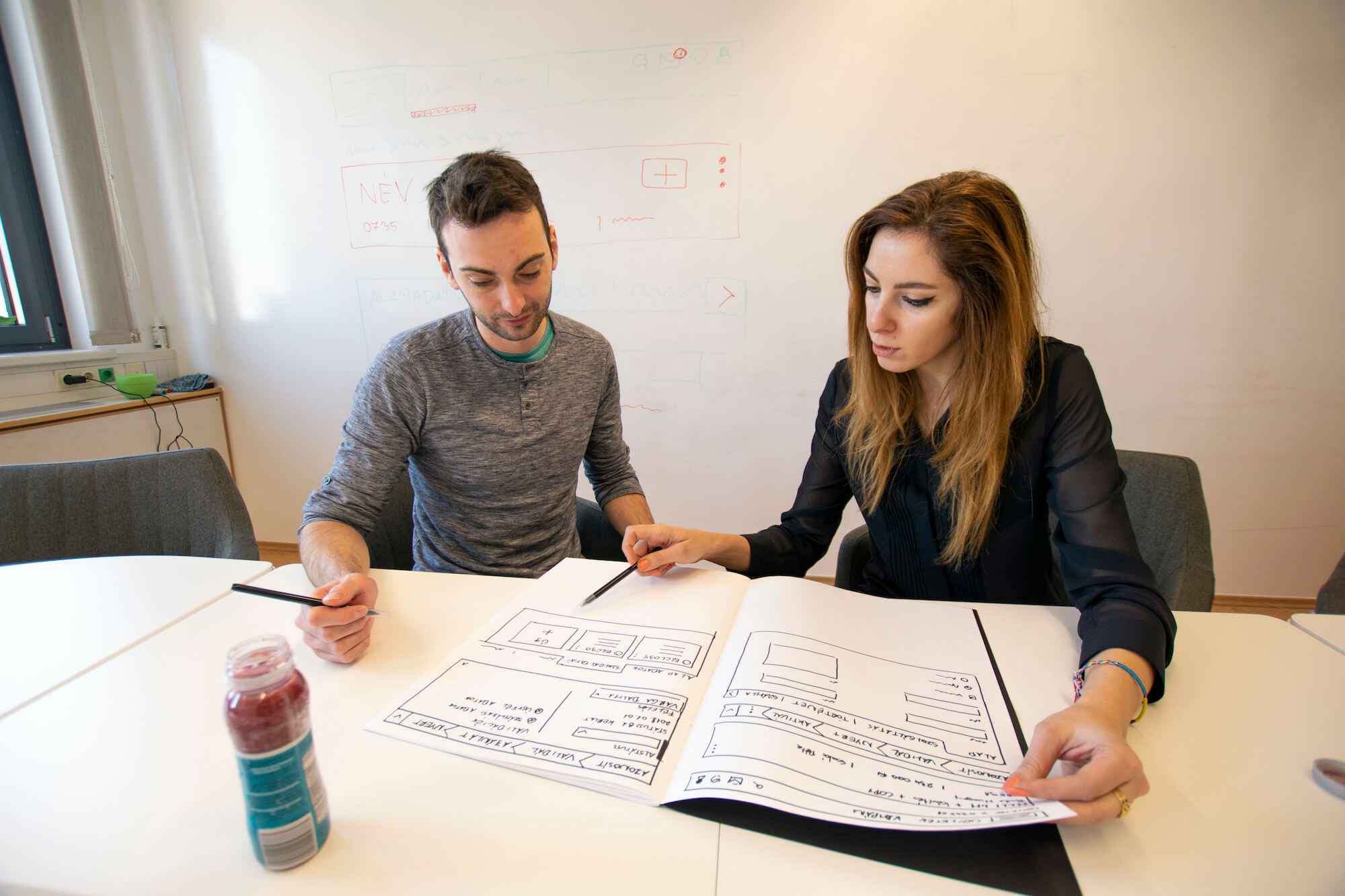
Onsite, Remote, Nearshoring
Many companies can be initially sceptical about whether it’s possible to merge their in-house team with an outside agency. Onsite collaboration usually quickly establishes that successful work can be achieved, but remote collaboration is also a frequent way of working. Indeed, in the current climate of the pandemic, the new normal is remote teaming, very often across national boundaries. After all, once you have started working remotely, why does it matter if part of the team is in another country?
The concept of nearshoring isn’t new, but it’s definitely now of its time. If your project is in Amsterdam - for example - why not collaborate and merge with a team in Budapest? The skills are easily as good as in Holland, the common international language of English is fluently spoken in both countries, and then there’s the cost: Just as offshoring has always offered reduction in labor costs, so too does nearshoring. Clients get the same skillsets for less outlay, and as a rule of thumb, travelling eastwards generally reduces cost. Travel too far east however and the benefits also steeply reduce, with lowered skills, experience, and linguistic abilities. Hungary comes right in the sweet spot of nearshoring cost advantage, coupled with abilities and experience which matches those of any other European country.
Always different
In short, what Ergomania brings to the collaborative approach is a proven methodology, which is also never the same twice. Every engagement is custom, and the company brings a wealth of collaborative experience which is hugely beneficial to every new client, and of course every returning client too.

